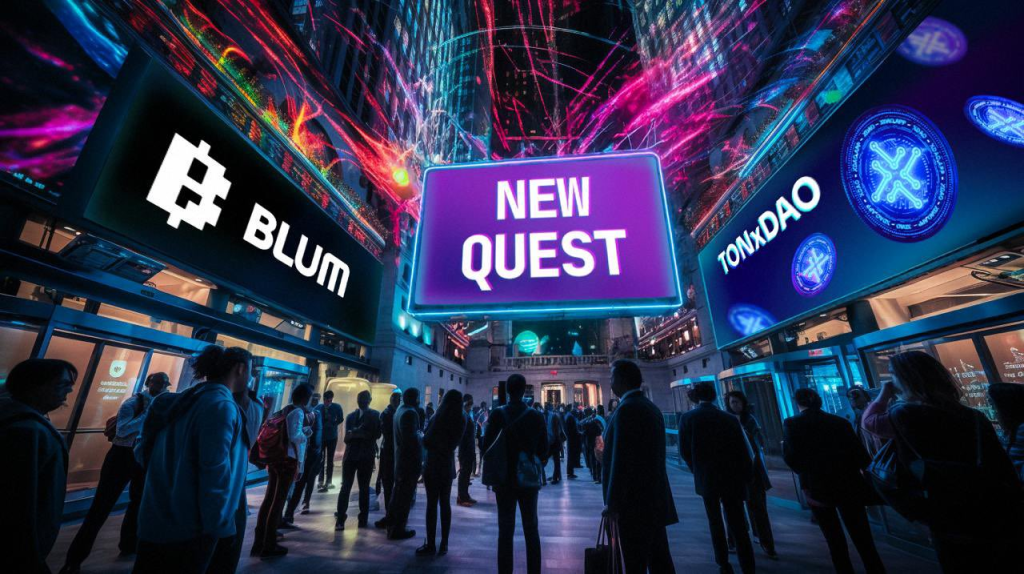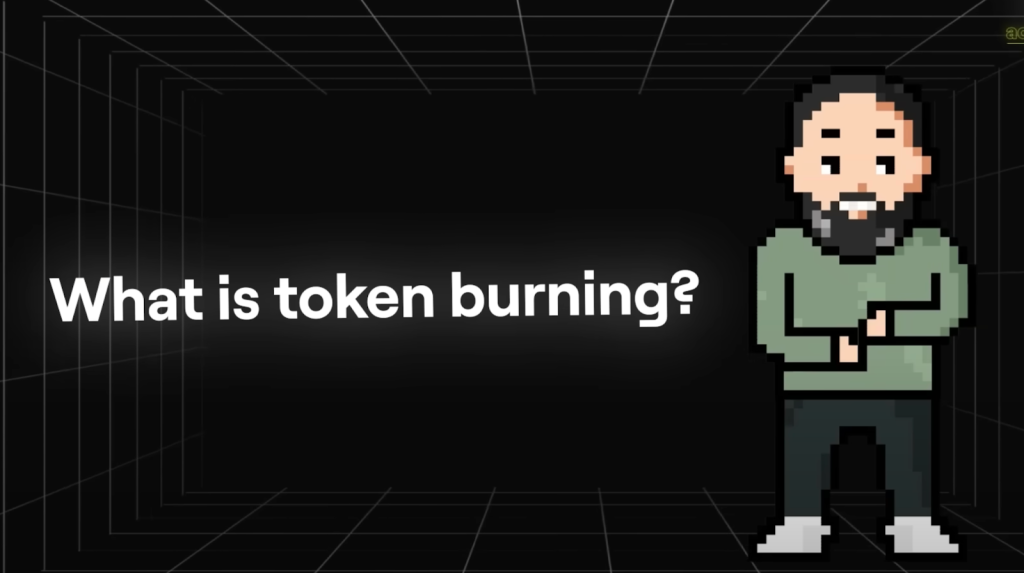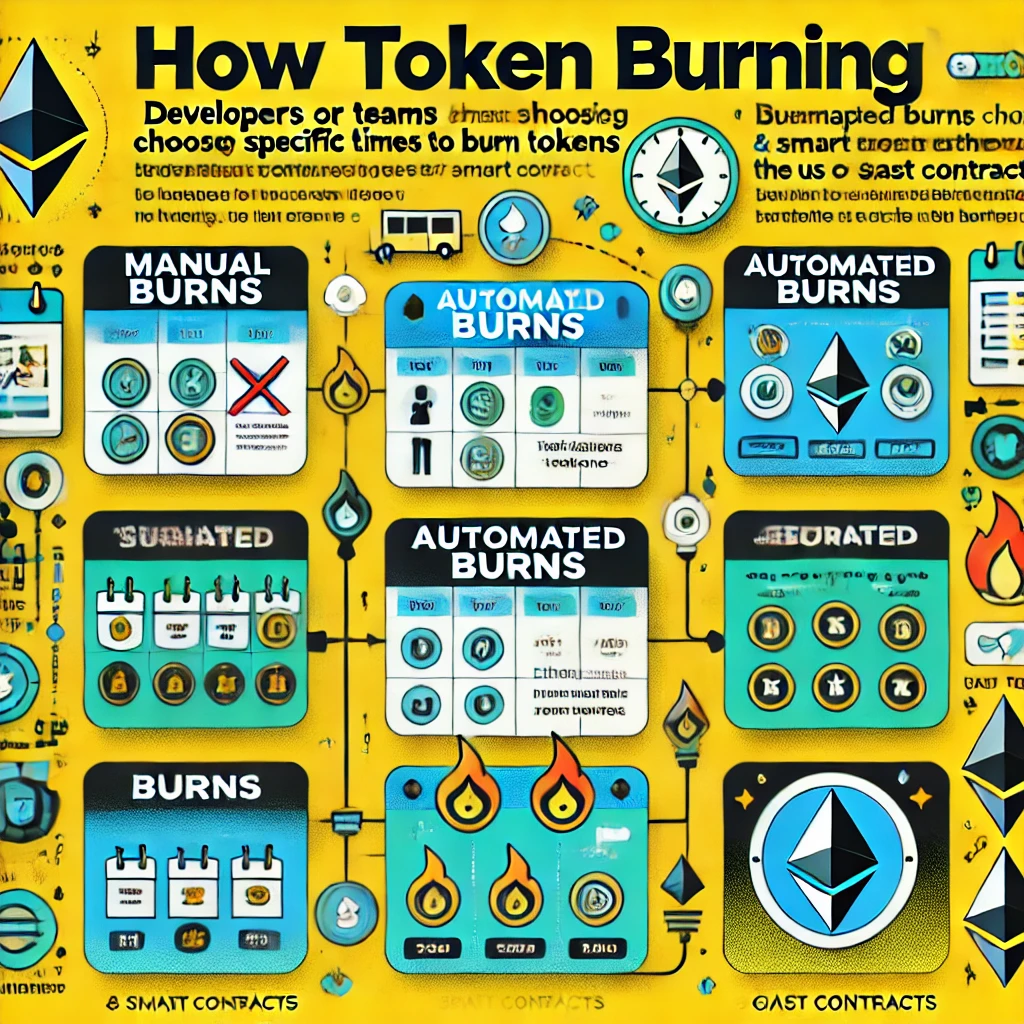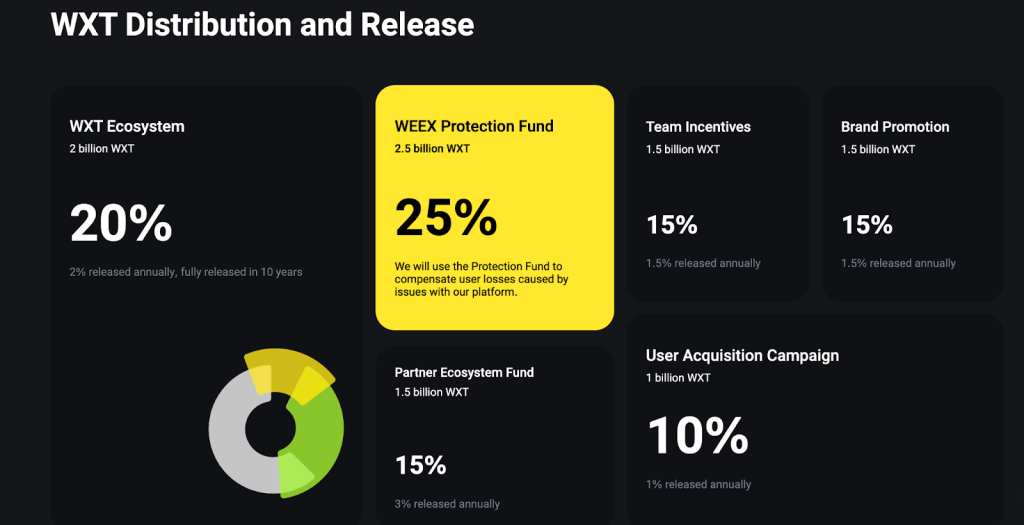Blum, the decentralized crypto exchange and gaming platform integrated into the Telegram messenger app, will release a daily YouTube video that players must watch to uncover a hidden code for earning 250 Blum Points (BP) as rewards. Previously, we discussed topics such as the “Blum Bitcoin Rainbow Chart Code,” “Blum Play Type and Track Code,” and “What Are AMMs Blum Code.”
Now, WEEX is here to guide you through the “TOKEN BURNING” Blum Video Code challenge, helping you locate the code and claim your BP points. Additionally, WEEX will provide an in-depth understanding of the Blum token burning code and its significance within the ecosystem.

Contents
- 1 Blum Token Burning How & Why Video Code
- 2 What Is Token Burning?
- 3 How Does Token Burning Work in Blockchain Networks?
- 4 Why Is Token Burning Important?
- 5 Token Burning in Major Blockchain Networks
- 6 How Can Token Burning Affect the Value of One Cryptocurrency?
- 7 Pros & Cons of Token Burning
- 8 Unlocking Potential with WEEX Crypto Exchange
Blum Token Burning How & Why Video Code
On October 8, 2024, the Blum Token Burning code attracted significant attention from cryptocurrency enthusiasts and casual internet users alike after being featured in the Blum Code Daily Combo within a popular Telegram-based tap-to-earn game. The code was introduced the day prior, on October 7, 2024, through a video titled “Token Burning in Crypto: How & Why?” which explores the token burning process and its implications. Blum players can view this video on YouTube to discover a special code revealed at the end. By entering this code in the designated section of the Blum app, players can unlock valuable rewards, enhancing their gaming experience and increasing their earnings within the Blum ecosystem. For a comprehensive list of all Blum codes, WEEX has provided a complete summary on WEEX Help.
Earn 250 BP BLUM Points Daily Video Tasks of 7 October 2024:
Video: Token Burning How & Why
Answer : ONFIRE

What Is Token Burning?
Token burning is the process of permanently removing a certain number of tokens from circulation, effectively reducing the total supply available in the market. This mechanism is often employed by blockchain projects to manage their native tokens and maintain control over their tokenomics. By reducing supply, token burning can create scarcity, which may lead to an increase in the value of the remaining tokens.

When tokens are burned, they are sent to a specific address known as a “dead wallet” or burn address. This wallet is inaccessible due to the absence of a private key, ensuring that the tokens sent there cannot be retrieved. As a result, the coins deposited in these wallets remain permanently locked away. Token burns can be executed on a scheduled basis or announced in advance to the community to create anticipation and engagement.
How Does Token Burning Work in Blockchain Networks?
In blockchain networks, the process of token burning involves sending tokens to a burn address, which is recorded on the blockchain for transparency. This allows anyone to verify that the tokens have been permanently removed from circulation.

Manual vs. Automated Burns
Token burning can occur in two primary ways:
- Manual Burns: In these instances, project developers or teams choose specific times to burn tokens. These events are often publicly announced, generating interest and excitement within the community.
- Automated Burns: Many blockchain networks have automated systems or smart contracts that execute token burns based on predetermined criteria. For example, Ethereum’s EIP-1559 upgrade introduced an automatic burn mechanism where a portion of transaction fees (gas fees) is burned with every transaction. This not only reduces the circulating supply of Ether but also adds a layer of predictability to the burn process.
Why Is Token Burning Important?
Token burning holds significant importance for several reasons:
1. Commitment to Long-Term Goals
Token burning demonstrates a project owner’s dedication to their roadmap and long-term vision. This commitment can enhance investor confidence and strengthen community support.
2. Supply and Demand Balance
By reducing the total supply of tokens, burning creates scarcity, which can increase their value. This principle is akin to how rarer diamonds command higher prices.
3. Price Appreciation Potential
Many project owners strategically use token burning to influence the value of their tokens on exchanges. By managing supply, they can help drive up demand, leading to higher token prices.
4. Protection Against DDoS Attacks
Token burning also enhances the security of blockchain networks. It helps protect against Distributed Denial of Service (DDoS) attacks, where bots flood a system with excessive requests to overload it. Regular burns contribute to a deflationary environment, increasing trust in the cryptocurrency and attracting new users and investors.
Token Burning in Major Blockchain Networks
Several major blockchain networks implement token burning as part of their economic model:
- Ethereum: With the EIP-1559 upgrade, Ethereum (ETHUSDT) introduced an automatic burn mechanism that permanently removes a portion of gas fees from circulation with each transaction. This has contributed to making Ether more scarce over time.
- Binance Smart Chain (BNB): Binance Coin regularly undergoes token burns based on the exchange’s profits. These quarterly burns are publicly announced, which boosts community confidence and demonstrates the platform’s commitment to increasing the value of BNB.
- Shiba Inu Or Other Projects: This popular meme coin also utilizes token burning, implementing regular burns to enhance scarcity and potentially increase its value. The community-driven approach has kept interest high and encouraged user engagement
How Can Token Burning Affect the Value of One Cryptocurrency?
The act of burning tokens can have a significant impact on the value of a cryptocurrency. By reducing the circulating supply, token burning can create a sense of scarcity. As demand for the token remains constant or increases, the reduced supply can lead to higher prices. Investors often perceive burned tokens as a sign of a project’s commitment to value creation, driving up demand in anticipation of future price appreciation.
However, the actual impact on token value may vary based on other market conditions, such as overall demand and investor sentiment. If only a small number of tokens are burned in a project with a large circulating supply, the effect on price may be minimal.
Pros & Cons of Token Burning
Token burning increases transparency and creates scarcity, potentially driving demand and value. It is also considered eco-friendly. However, it can lead to market volatility, with short-term price fluctuations, and may have a limited impact in projects with large circulating supplies.
Pros
- Transparency: The burning process is recorded on the blockchain, allowing investors to verify burn events and fostering trust in the project.
- Scarcity: By reducing the supply of tokens, burning can create a deflationary effect that drives up demand and potential value.
- Eco-Friendliness: Compared to energy-intensive consensus mechanisms, token burning can be considered a more environmentally friendly option.

Cons
- Market Volatility: While token burning can create demand, it may also lead to short-term price fluctuations as investors react to burn announcements or events.
- Limited Impact: In projects with large circulating supplies, burning a small number of tokens may not significantly influence overall market value.
Unlocking Potential with WEEX Crypto Exchange
WXT is the native token launched by WEEX Global, built on the ERC-20 standard protocol. As a key component of the WEEX ecosystem, WXTUSDT functions as a versatile incentive mechanism, rewarding partners, contributors, pioneers, and active members of the WEEX exchange community.

To enhance the value of WXT and protect the interests of its shareholders, WEEX Exchange has established a strategic burn mechanism. This strategy allocates a portion of the exchange’s profits to repurchase WXT tokens from the market, which are then permanently burned. By decreasing the circulating supply of WXT, this process increases the token’s scarcity, contributing to its long-term stability and value. The ultimate goal of this burn mechanism is to drive market demand for WXT and create enduring value for its holders.
Related Blum Article on WEEX
What Is Blum Doxxing Code? All Blum Video Codes October 1
Blum Liquidity Pool Code Guide: A Comprehensive Overview Guide to Liquidity Pools
Blum Coin Price Prediction: Key Insights for Investors After the Blum Coin Listing
Liquidity Pools Guide Blum Code|Blum Code 27 September,2024
What Are AMMs Blum Code? Current Summary of Blum Daily Codes
Find us on
Twitter | Telegram | Facebook|LinkedIn|Blog
Sign up for a WEEX account now: https://www.weex.com/register
[Supported Platforms]:
CoinMarketCap| Feixiaohao| Cryptowisser.com| Coingecko|Coincarp
